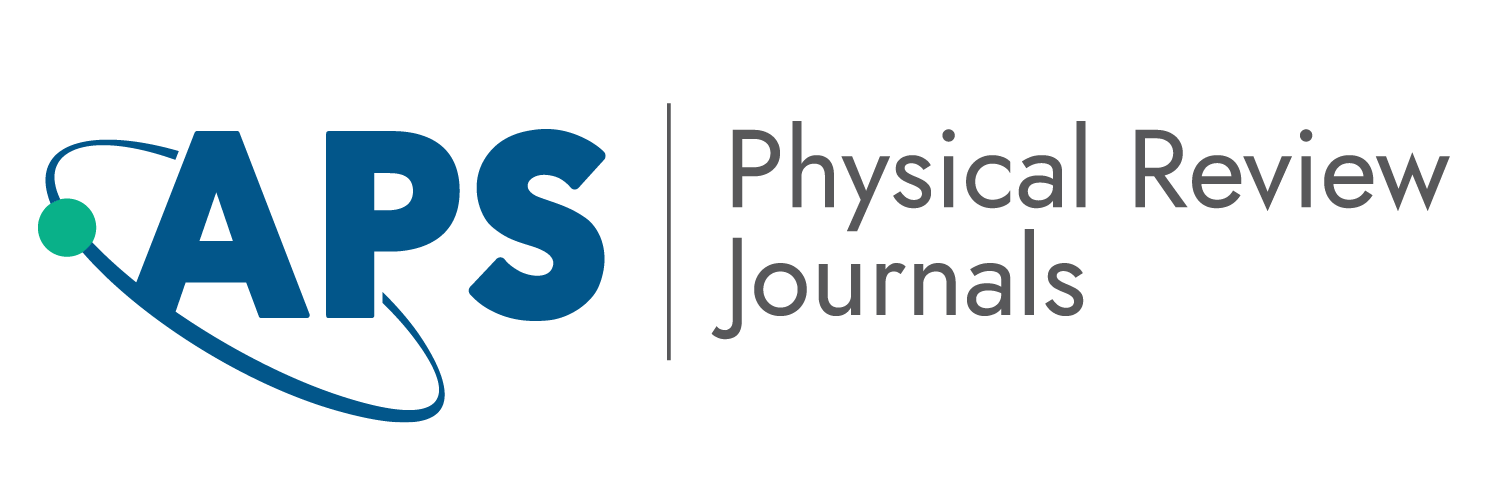New Sectioning Scheme for Physical Review Letters
Physical Review Letters (PRL) publishes a large number of papers across all of physics, with each subfield delineated within its ten-section Table of Contents. Increasingly, scientists, working across fields and subfields are creating new lines of fundamental and applied physics research. To keep PRL inclusive and welcoming, the journal is modernizing its sections and subsections.
The new sectioning scheme will launch in January of 2023, but changes are already visible to authors on PRL's submission webpage. Its modernization follows the growth of some topical areas within PRL's pages and anticipates, based on PRL's outlook and strategy, expansion of others. There are still ten sections, but most have revised names and subsections meant to cover all areas in these fields. For example, Quantum Information, Science, and Technology is now a full section; there is a single home for Condensed Matter and Materials with eleven subsections; and four new subsections form Cosmology, Astrophysics, and Gravitation.
Additionally, though PRL has always been open to applied research, it will not have a section for such papers. Rather, "applied" — like "fundamental," "mathematical," "theoretical," and "experimental" — is an adjective that belongs in many, if not all, subsections. To welcome applied research more explicitly, PRL has updated its criteria to explicitly embrace papers that "substantially advance fundamental or applied physical science," in line with the recent journals-wide editorial, A Welcoming Home for Applied Science.
With these changes, PRL hopes that researchers from across the physical sciences will see a welcoming home there. |


No comments:
Post a Comment